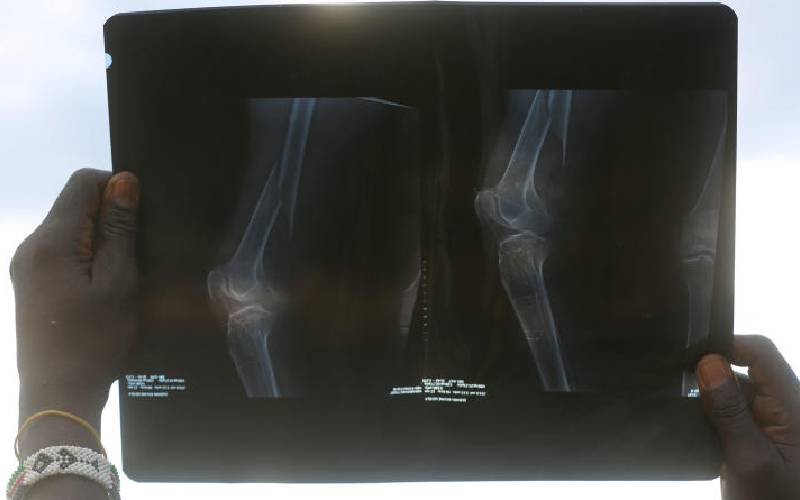Women today can expect to live nearly 40 per cent of their lives after menopause. During this phase, declining hormonal levels significantly increase the risk of various health conditions, including osteoporosis, heart disease, and certain cancers. Without proper intervention and ongoing management, up to a third of women over the age of 50 may experience a debilitating or even life-threatening bone fracture.
Osteoporosis is a disorder in which bones lose density and become abnormally thin, leading to skeletal fragility. This condition is often linked to inadequate calcium absorption and excessive bone resorption. The disease affects bone quality and density, resulting in weakness and increased vulnerability to fractures, particularly in the hips, spine, wrists, and pelvis.
Globally, more than 600 million people are affected by osteoporosis, with postmenopausal women being the most at risk. It is estimated that up to half of women after menopause will experience the condition. As life expectancy rises worldwide, osteoporosis has become a major public health concern, contributing significantly to morbidity and mortality rates.
The disease frequently develops without obvious symptoms, progressing quietly until severe damage has already occurred. Because of this, osteoporosis is often referred to as “the silent epidemic.” Bone loss can begin as early as age 25, but it accelerates dramatically after menopause due to the steep decline in oestrogen. In the years immediately following menopause, bone loss can reach a rate of up to five per cent annually.
Risk factors include cigarette smoking, excessive alcohol consumption, prolonged immobility, and menopause occurring before the age of 50. Early warning signs may appear in the form of fractures after minor falls, difficulty in straightening the back, or gradual loss of height caused by vertebral fractures. These fractures often lead to chronic back pain, spinal deformity, and a significant decline in quality of life.
Managing osteoporosis requires more than calcium supplementation, which alone is not sufficient to protect bone health. The current gold standard in treatment involves bisphosphonates, which help slow down bone loss. In addition, newer pharmacological therapies are now available that not only enhance bone density in critical areas such as the hips and spine but also lower the risk of fractures. Some treatments also provide added benefits, including reduced breast cancer risk in postmenopausal women, while others are designed for use by both men and women.
With early diagnosis, appropriate therapy, and lifestyle adjustments such as regular exercise and adequate nutrition, osteoporosis can be managed effectively, helping millions of people maintain mobility and quality of life well into old age.

